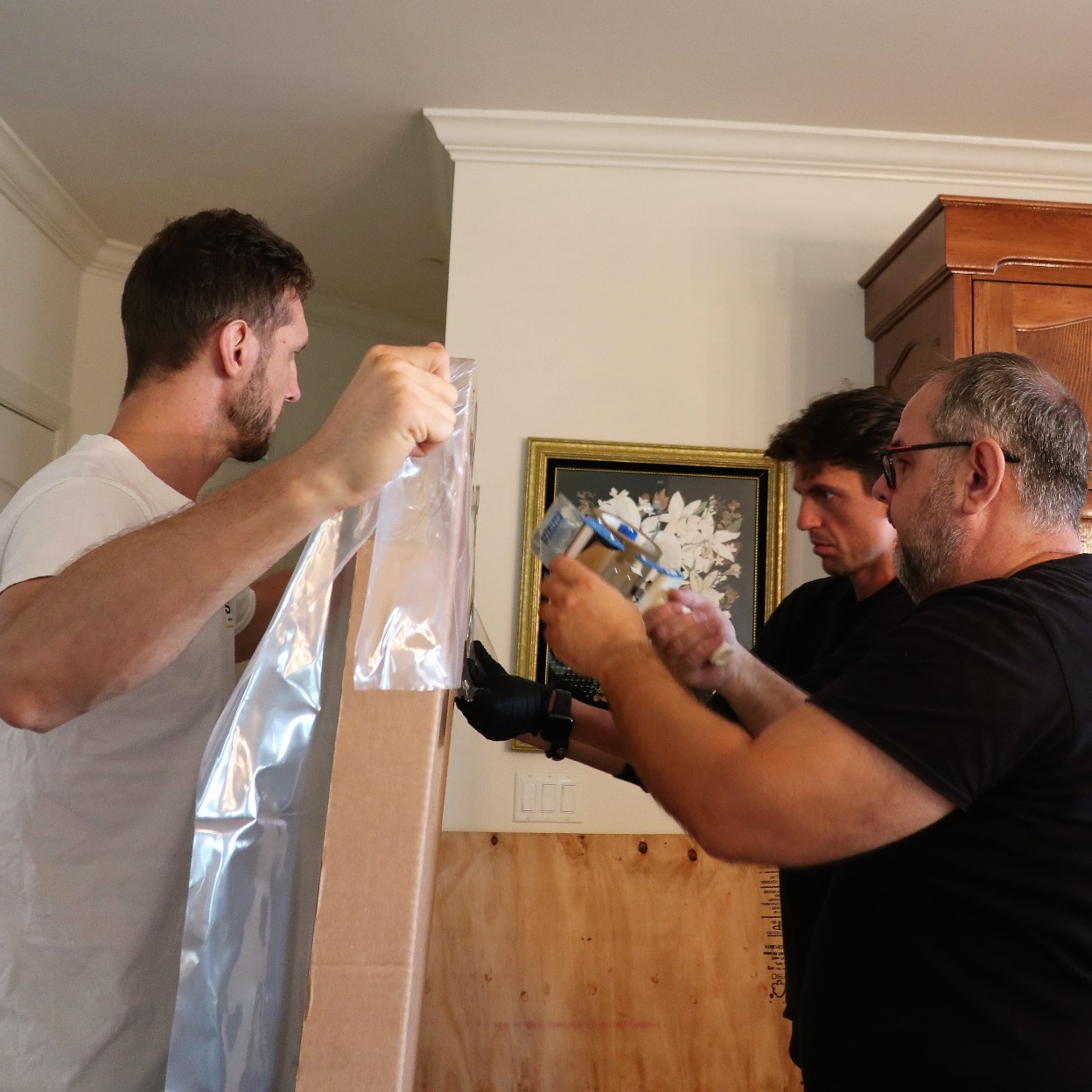Packaging art is a meticulous process that requires attention to detail and care. Whether you're an artist shipping your creations or a collector moving valuable pieces, the way you package your art can make all the difference. However, there are some basic principles that can help you protect your art during shipping or storage.
Packaging Art: Basic Rules
Packaging art demands a set of skills and knowledge to guarantee your art arrives in pristine condition. Here are five tips and tricks to help you master this essential aspect of the art world.
Quality Materials
When packaging art, always begin with quality materials. Invest in acid-free materials to protect your art from potential damage caused by acid migration, discoloration, or deterioration. This includes acid-free tissue paper, glassine paper, art plastic, foam boards, and archival plastic sleeves. High-quality materials are always essential when it comes to packaging.
Custom Packaging
Tailor your packaging to the size and shape of the art. Use custom-sized boxes or crates to prevent excess movement during shipping. The closer the fit, the less risk of damage due to shifting within the packaging.
Layering and Cushioning
Layering is key to secure packaging. Begin with a layer of acid-free tissue paper, glassine paper, or art plastic to protect the surface of the art. Add foam boards or bubble wrap for cushioning, ensuring that the artwork is snug but not excessively tight within the package.
Secure Sealing
Invest in quality tape to seal the package securely. Consider using professional-grade, acid-free artist's tape to protect the artwork. Avoid taping directly onto the art; instead, tape over acid-free paper to prevent damage.
Documentation and Insurance
As you package your art, maintain detailed documentation, including photographs and condition reports. Proper documentation is crucial for insurance purposes, safeguarding you in case of any damage during shipping.
Packaging art is an essential skill for artists, collectors, and other enthusiasts. By following these five tips and tricks, you can ensure your art is safeguarded during shipping and storage. The use of quality materials, custom packaging, careful layering, secure sealing, and thorough documentation is the key to preserving the integrity of your artwork. Whether you're sending your creations to an eager buyer or preparing your collection for storage, just follow these basic rules to preserve your art pieces.
